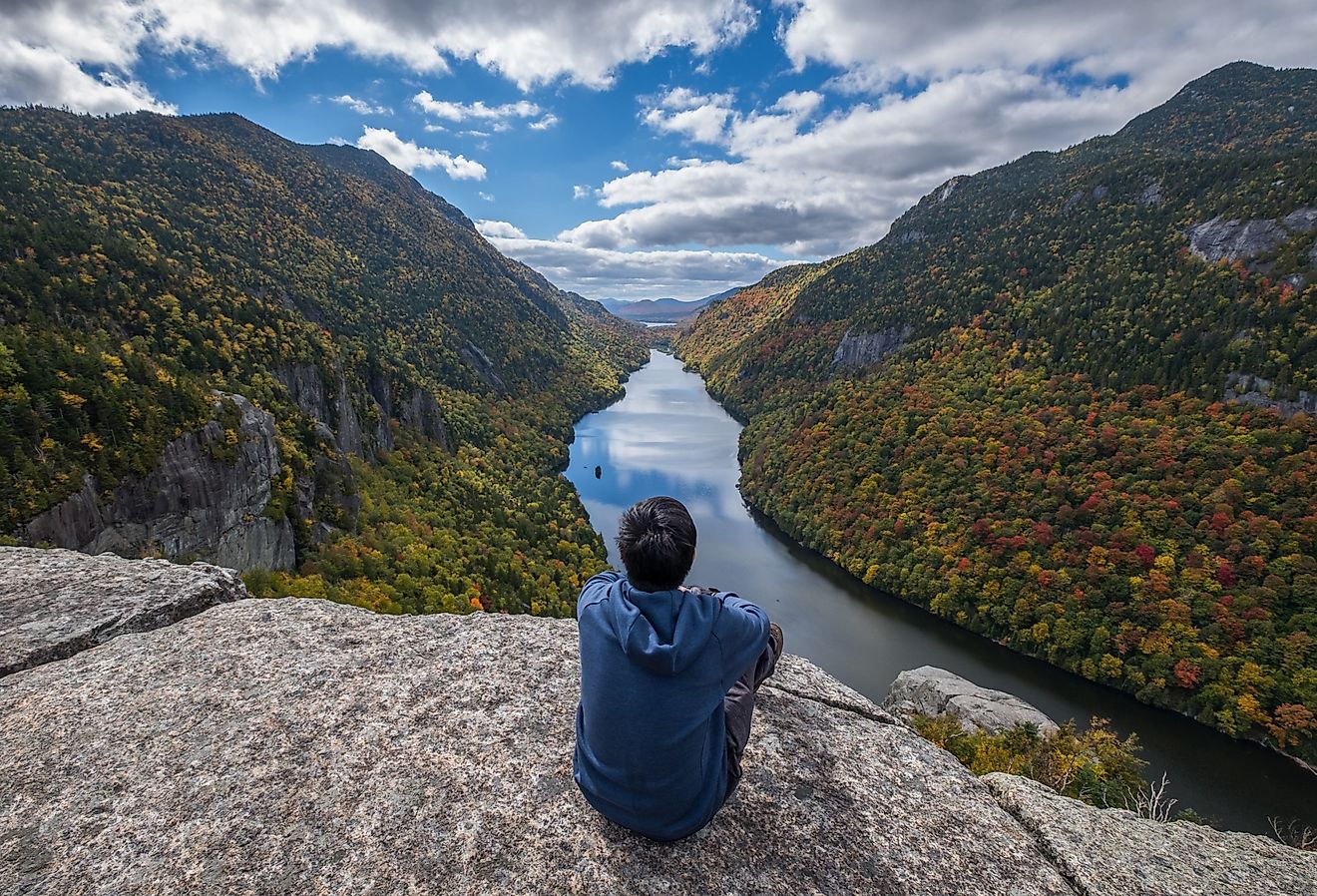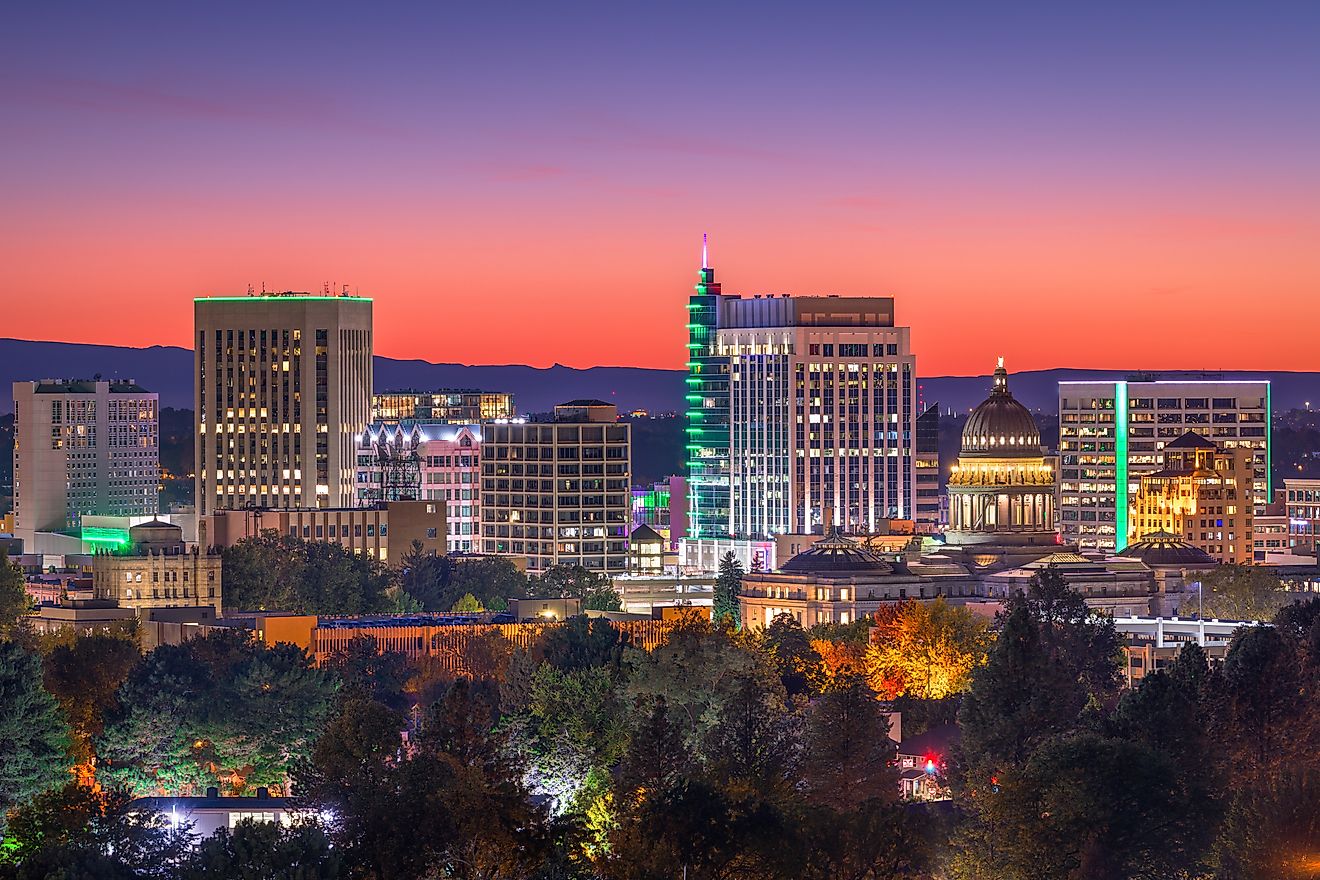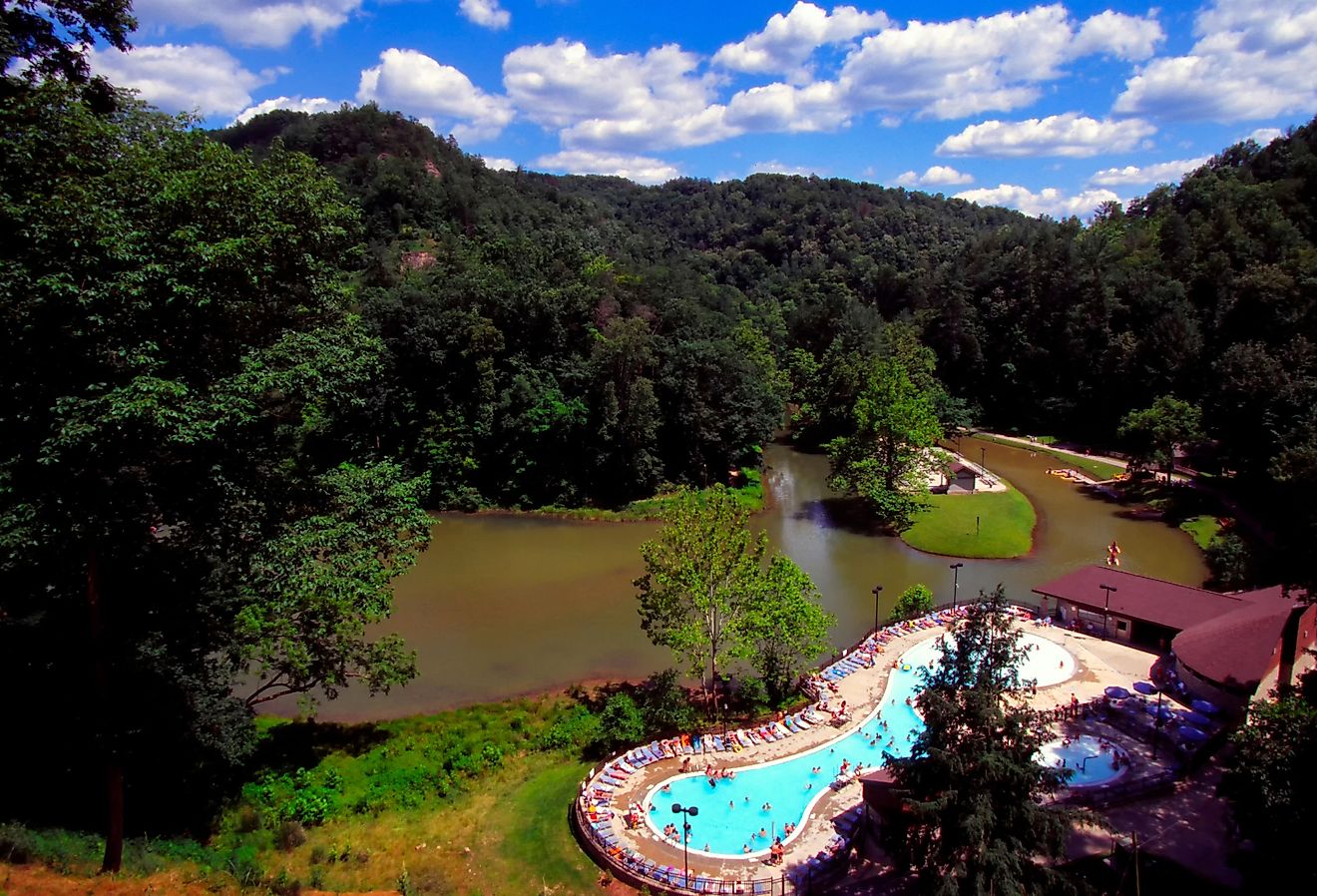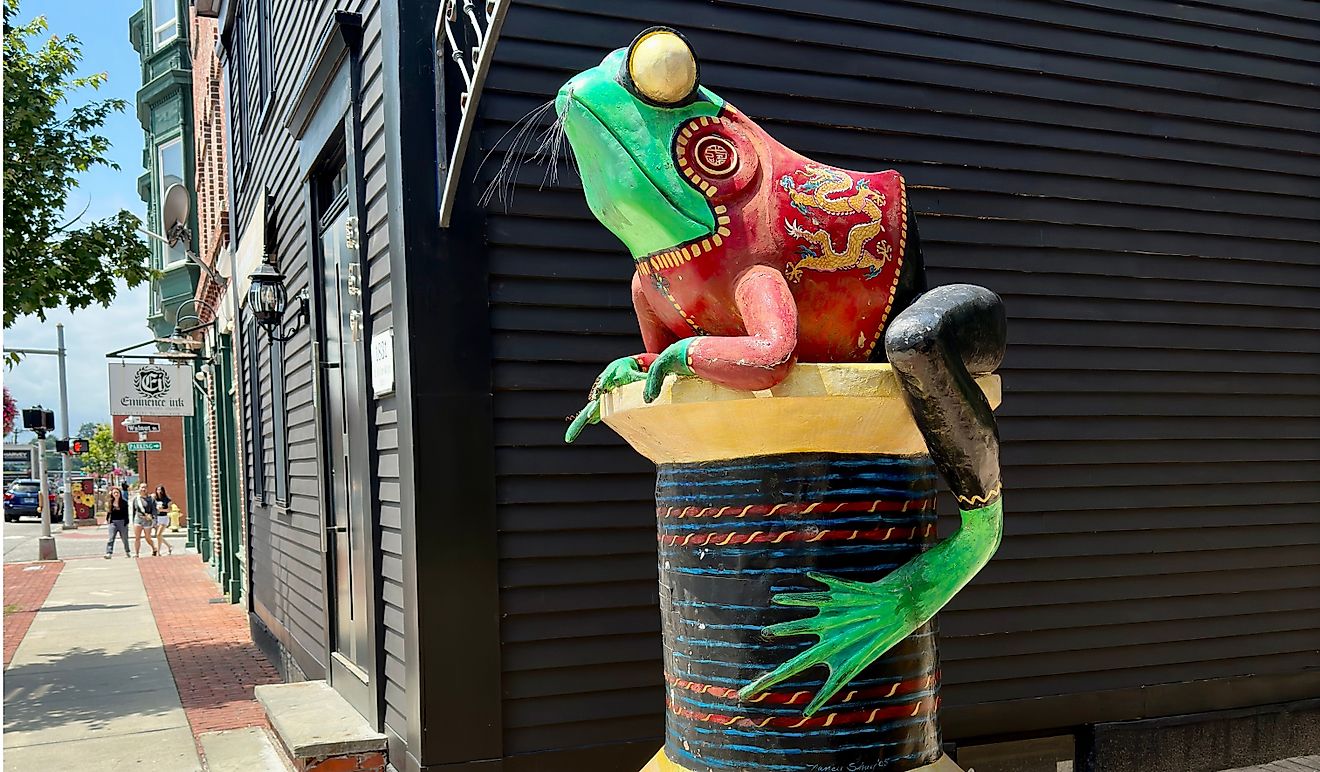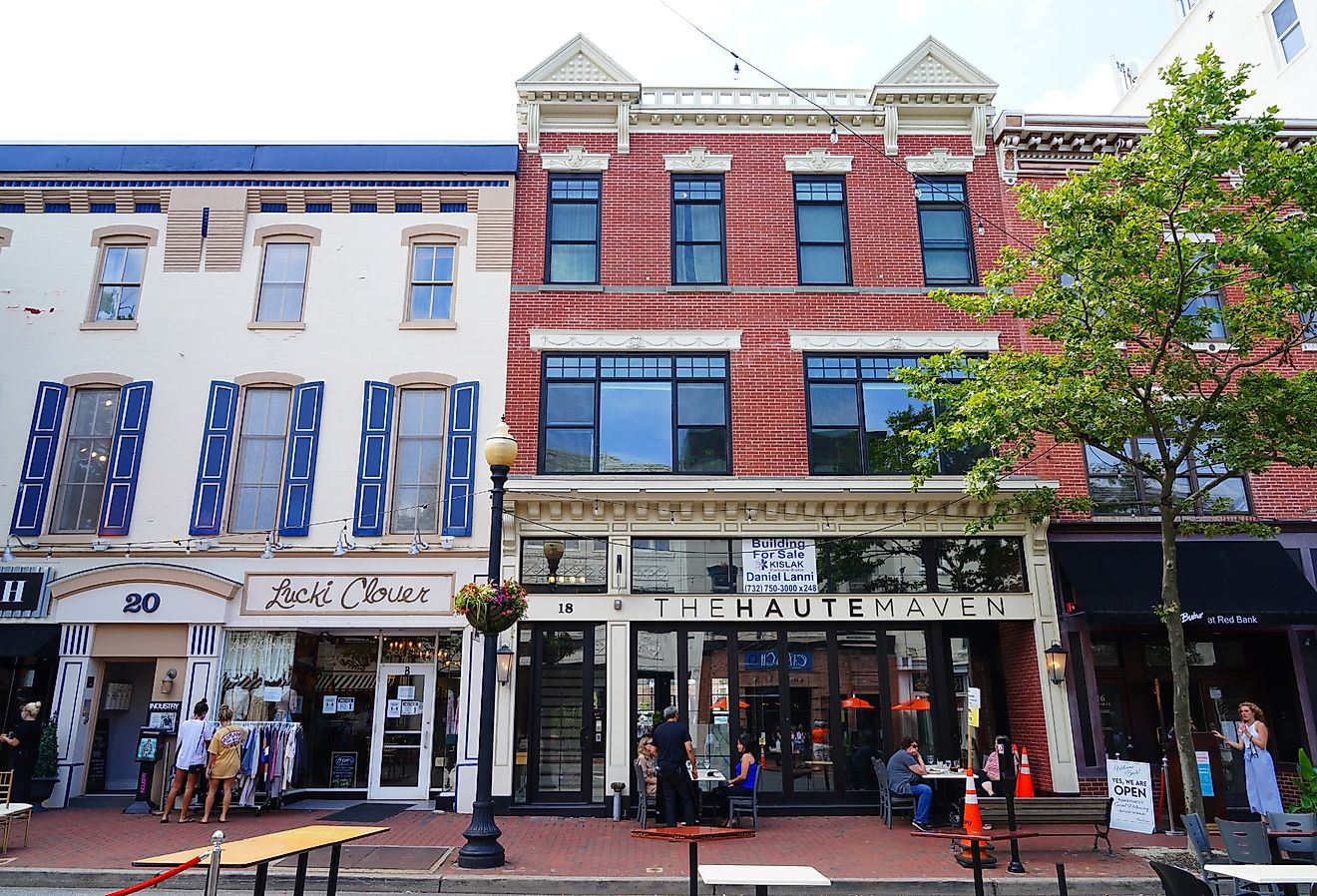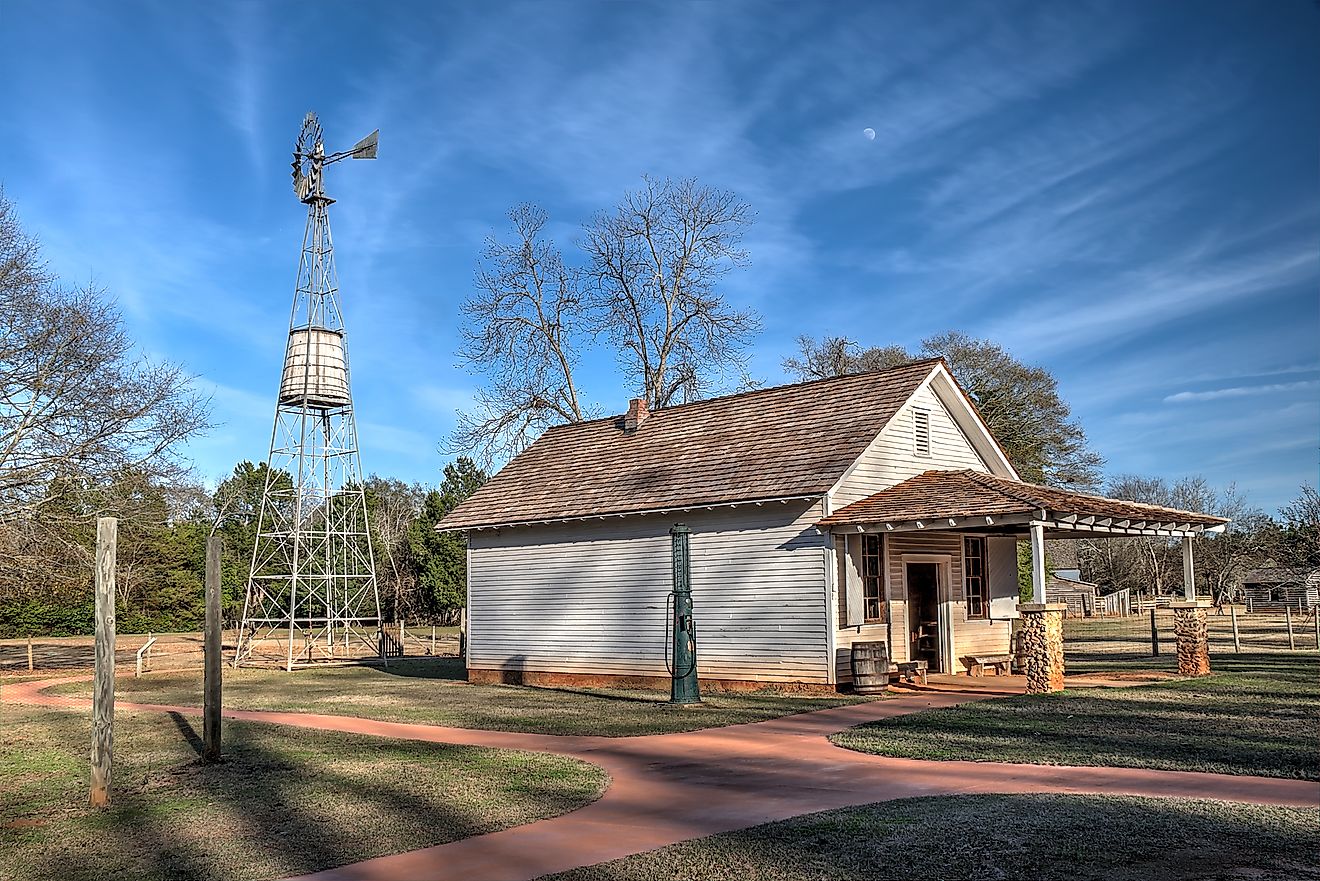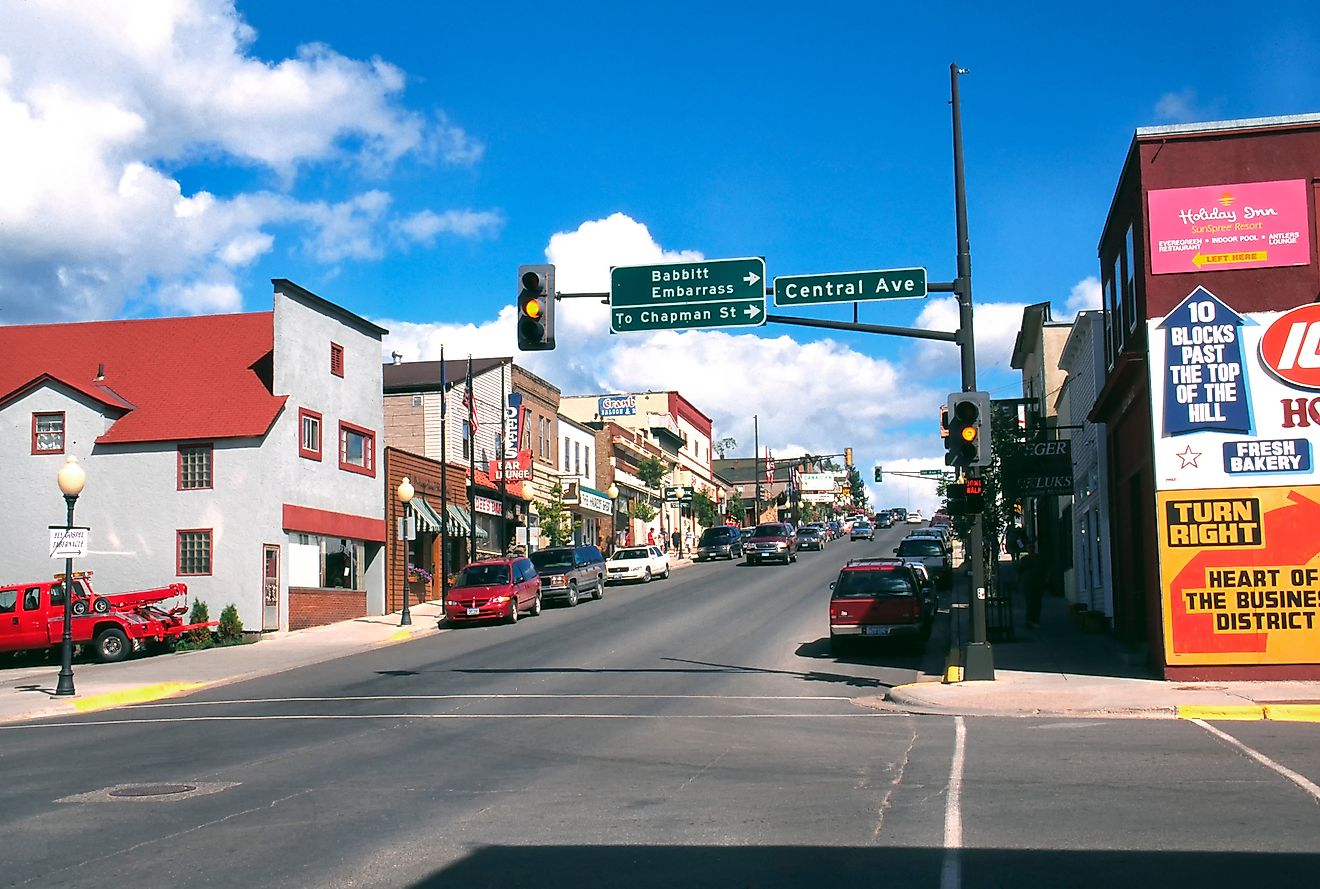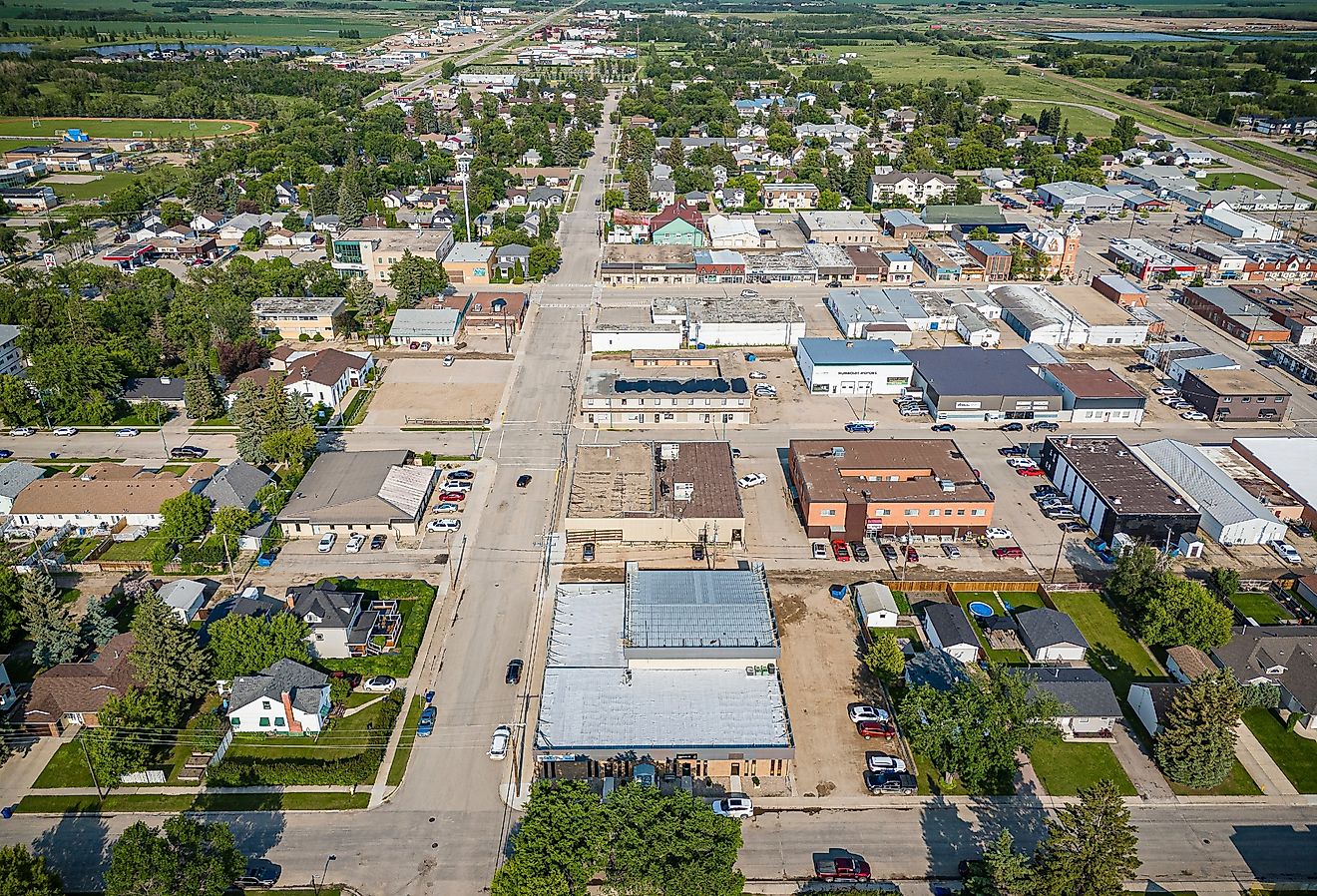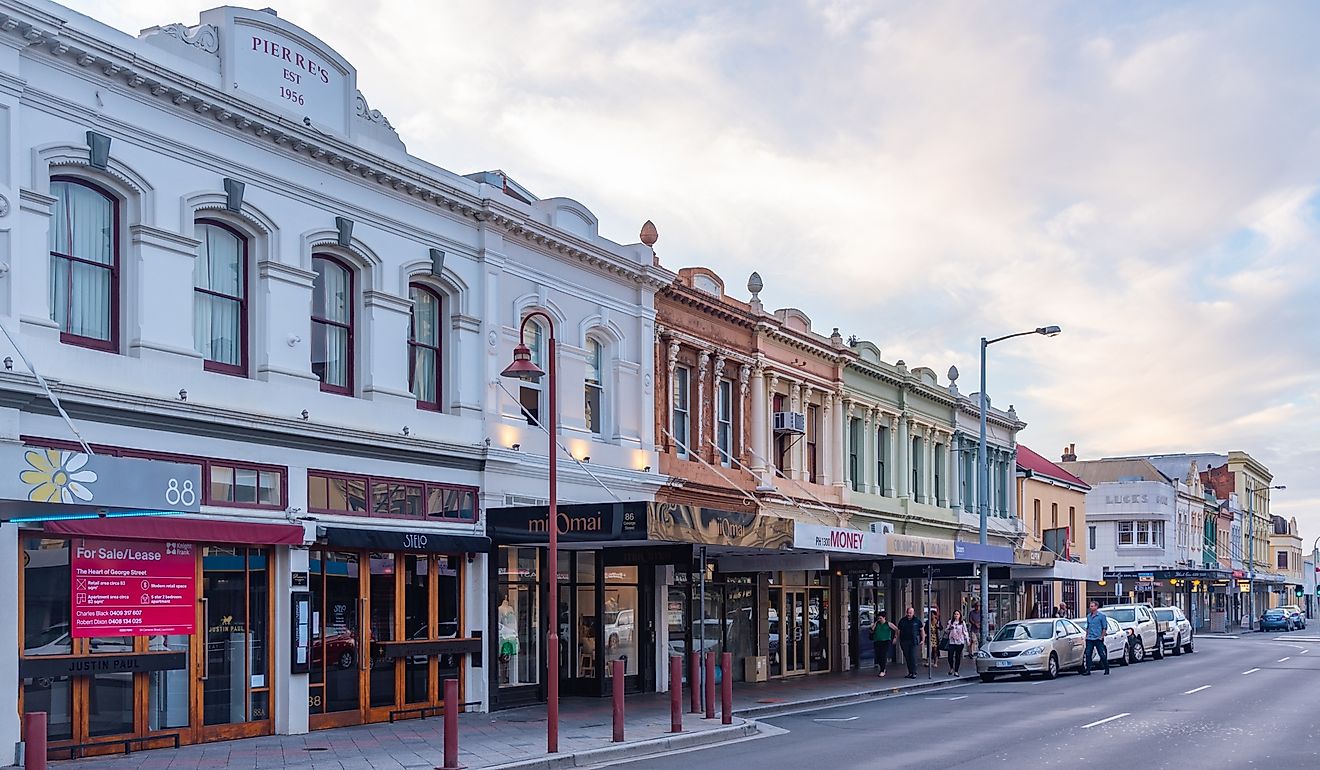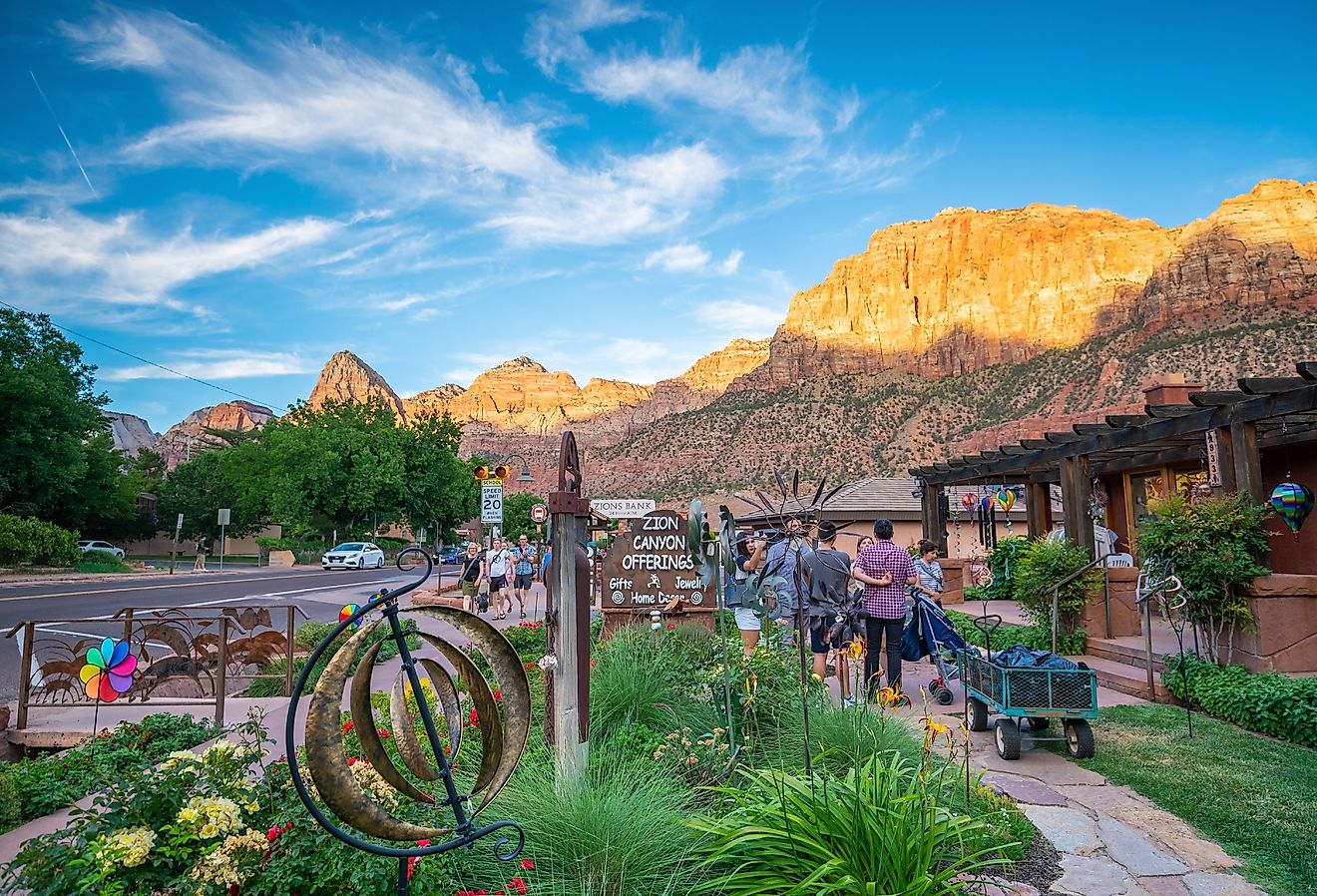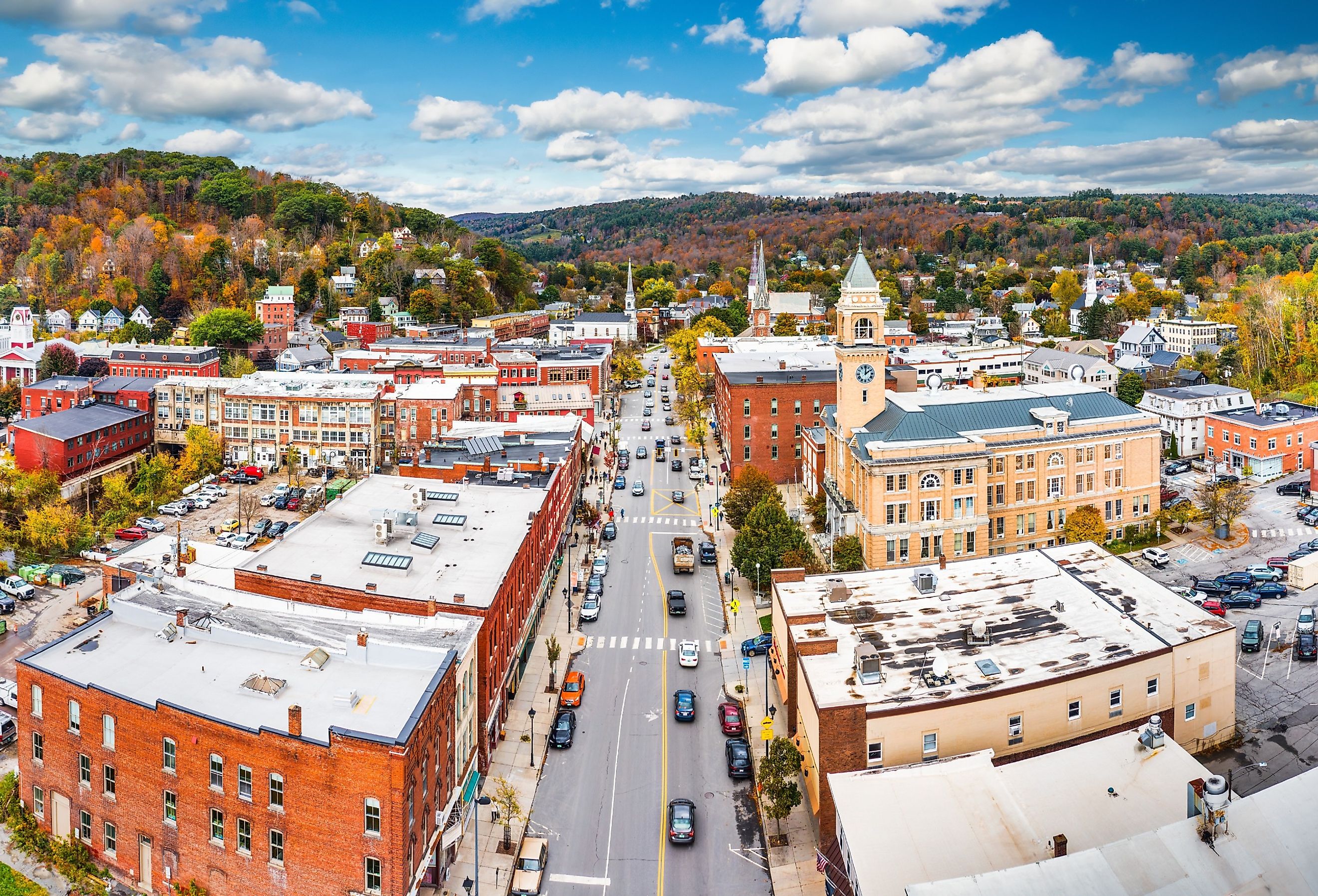
8 Towns in Vermont That Transport You to the Past
Vermont’s historic towns offer a quintessential taste of New England with their covered wooden bridges, old brick buildings, and forest-covered hills. The Green Mountain State is steeped in history. The state is known for its independence streak, its significant role in the American Revolutionary War, and other major achievements, including the honor of being the first state to abolish slavery. When you are in Vermont, you don’t have to look long to find history. Many of Vermont's small towns boast traditional New England architecture and landmarks that date back to America's early years. Take a journey through some of the best historic towns in Vermont, where history lives on every corner, transporting you to the past.
Woodstock
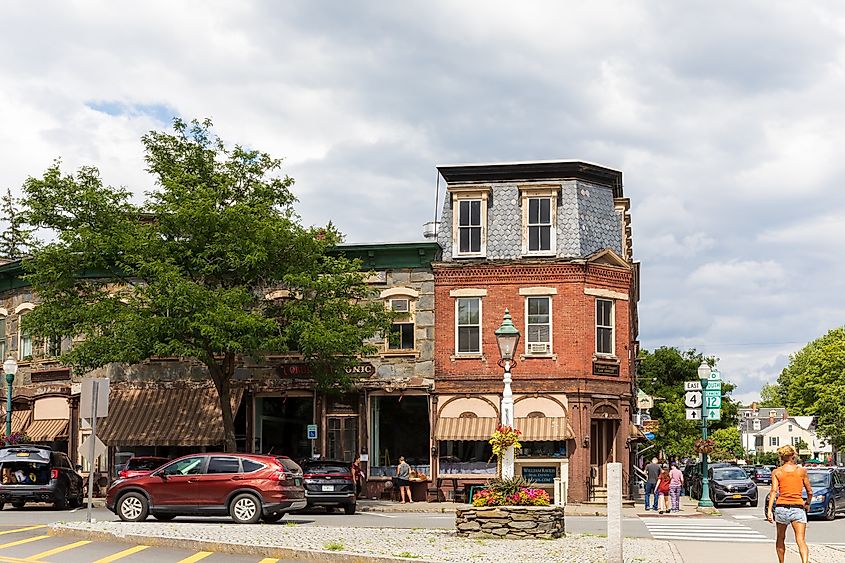
Nicknamed "quintessential New England village," Woodstock is a picturesque town known for its well-preserved architecture. While Woodstock is famous for its wooden covered bridges, including the Middle Covered Bridge in the center and the Lincoln Covered Bridge in West Woodstock, the small town of just over 900 people also boasts several historic landmarks, including Woodstock History Center and Woodstock Town Hall Theater, a historic theater that has been in operation since 1900.
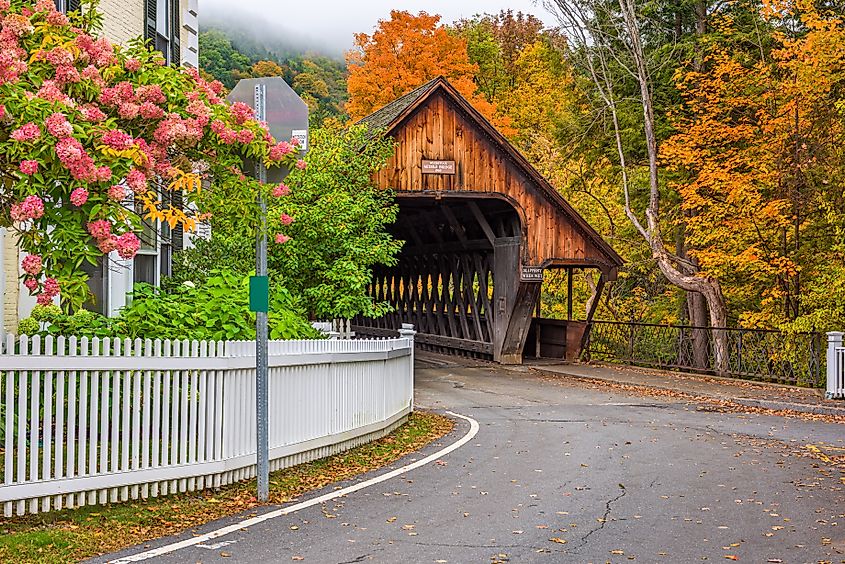
Woodstock is surrounded by incredible nature, making it a perfect place for outdoor activities. The town is home to Vermont's only national park, Marsh-Billings-Rockefeller National Historical Park. Billings Farm & Museum is a local farm that offers a glimpse into Vermont's agricultural heritage with historical house tours, butter-making demonstrations, and animal encounters. Need a place to stay before going to the next town on your itinerary? Check out Woodstock Inn & Resort, a historic property perfect for history lovers as it embodies the traditional New England style.
Montpelier
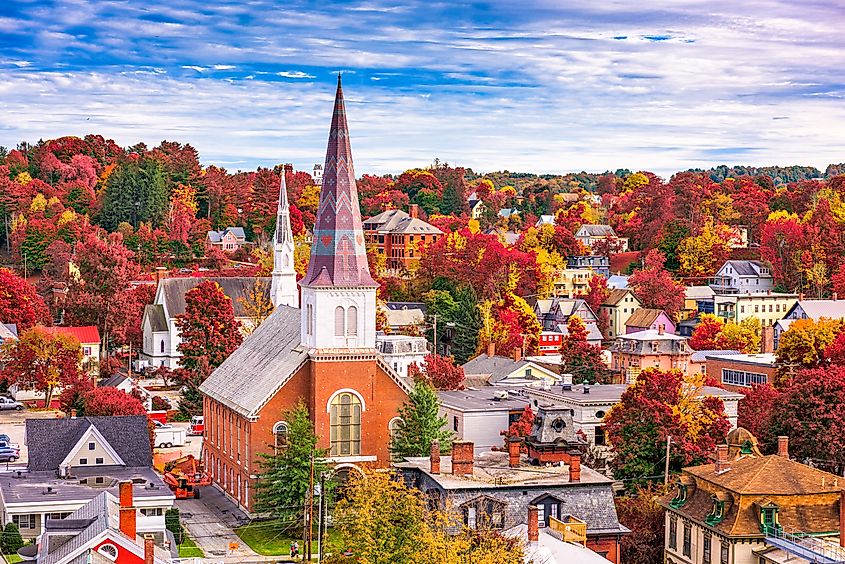
The smallest state capital in the United States with a population of 8,000 people, and the only capital city in the country that doesn’t have McDonald’s, Montpelier is big on historic charm and civic pride. The city was named after Montpellier, France, to honor the French support during the American Revolution.
The main historic landmark in Montpelier is the golden-domed Vermont State House. Constructed in 1859, it is one of the oldest capitol buildings in the United States. The current version was rebuilt several times and represents the efforts and resilience of local people.

Located in Montpelier City Hall, Lost Nation Theater is part of a historic building dating back to the late 19th century. The theater company is a beloved part of the local arts scene. Another major landmark that is worth your attention is the Pavilion Building near the State House. This historic hotel-turned-government building built in the 1800s is now home to the Vermont History Museum. Kellogg-Hubbard Library is a historic library that dates back to 1895. It is a beautiful Romanesque Revival library that is an architectural gem and is known for its extensive collections and local events.
Grafton

Known for its well-preserved 19th-century buildings, Grafton is a small village in the mountains of southern Vermont that feels like a step back in time. If you walk in the city center, you will feel like you have been transported to the 18th century, when much of the architecture was built. One of the town's most famous exports, the Grafton Village Cheese Company, is known for its award-winning, handmade cheddar cheeses. It is a must-visit spot for cheese lovers.
Grafton Inn is one of the oldest inns in the country, welcoming guests since 1801. It has hosted notable guests like Ulysses S. Grant and Rudyard Kipling. If you want to hit the trails, check out the Grafton Trails and Outdoor Center, which offers hiking, mountain biking, cross-country skiing, and snowshoeing. The surrounding area is perfect for exploring the outdoors.
Brownsville
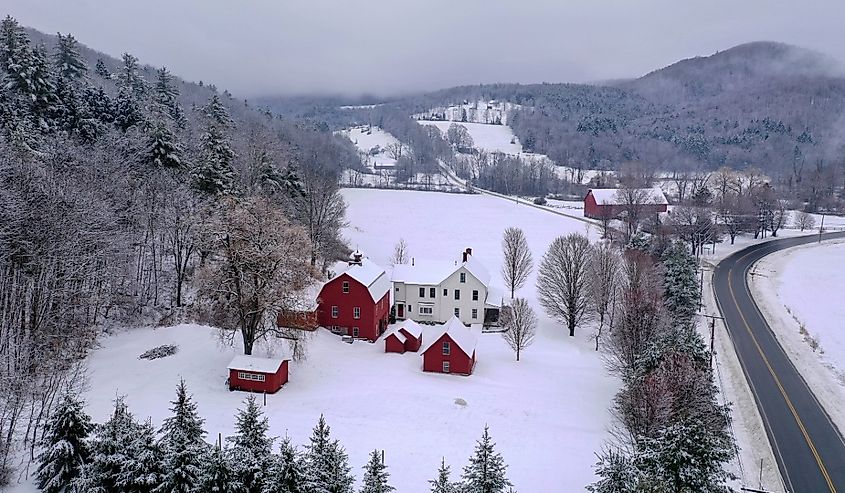
Brownsville is a small village with a unique history tied to sheep farming, dairy production, and small-scale manufacturing. It maintains makes a perfect spot for travelers who want to enjoy the unique flair of local Vermont. Nestled near Mount Ascutney, Brownsville offers a quiet, historic charm with a quiet lifestyle.
Brownsville Church is an iconic landmark dating back to the early 19th century, and Ascutney Trails provide access to the historically significant Mount Ascutney, a popular spot for hiking, mountain biking, and paragliding. The Ascutney Trails network offers a variety of routes, and the summit has stunning views of the Connecticut River Valley. The historic Brownsville General Store (now housing the Brownsville Butcher and Pantry) is a beloved local spot that has been serving the community for generations.
Westminster

Westminster, the oldest town in Vermont, was founded in 1735. Originally called Township Number One or New Taunton, it was chartered in 1735 under the jurisdiction of the Province of Massachusetts Bay. The village of Westminster is on the National Register of Historic Places as the Westminster Village Historic District and was a site of several important historic events.
The town was the site of the "Westminster Massacre" in 1775 and played an important role in the American Revolution. Although Westminster might be less famous than other towns in the state, its charm lies in its rural beauty and connection to Vermont's rural heritage. Westminster Courthouse was a site of the state's Declaration of Independence in 1777.
It is also home to one of the oldest churches in the state, Westminster Congregational Church. The town of just over 3,000 people is surrounded by beautiful countryside and rolling hills that offer opportunities for hiking and other outdoor activities. The Connecticut River for kayaking and picnicking along its banks.
Stowe
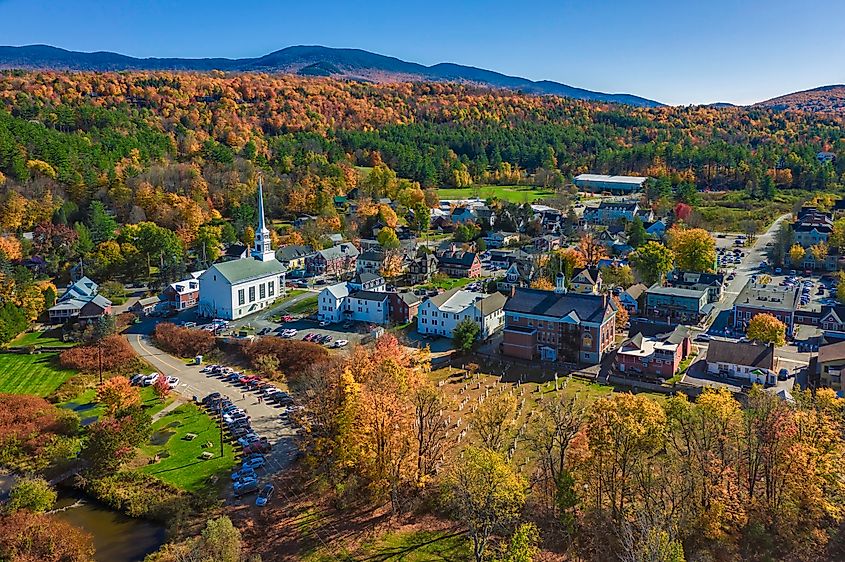
Even if you have never been to Vermont, you probably heard about Stowe, one of the most beautiful towns in New England. Stowe exploded in popularity in recent years, and now thousands of tourists flock to this little village in search of a perfect Instagram shot. Stowe Community Church built in 1863, has become a symbol of the town thanks to its prominent steeple that rises above the Stowe's skyline.
Stowe’s Gold Brook Covered Bridge, constructed in 1844, is said to be haunted, according to the local lore, which draws more visitors to the area. If you want to learn more about local history, step into the Stowe Historical Society Museum. Located in the former Stowe High School building, this muse boasts artifacts and photographs chronicling Stowe's past, including the history of skiing in the area. Want to get outside? Take a drive on Mount Mansfield Toll Road, a scenic drive that offers access to Vermont’s highest peak.
Windsor
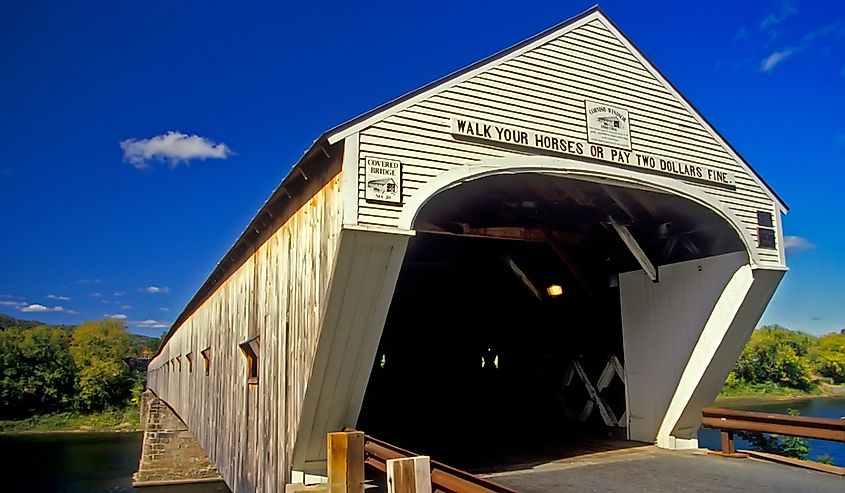
The birthplace of Vermont, Windsor, has a big place in the state's history. This classic New England town is a perfect stop for anyone interested in early American history and industrial heritage. Old Constitution House is where Vermont’s first constitution was signed in 1777, and if you want to understand Vermont's statehood and its stance as an independent republic before joining the United States, don’t forget to make a stop here.
Next on the list is the American Precision Museum, an 1846 building that commemorates Windsor’s role in the "Precision Valley," where the American Industrial Revolution took off. The Windsor Historic District boasts many historic buildings dating back to the 18th and 19th centuries, including the famous Windsor Inn, a historic mansion that has hosted several US presidents.
Cornish-Windsor Covered Bridge is the longest wooden covered bridge in the US and the longest two-span covered bridge in the world. It connects Vermont and New Hampshire over the Connecticut River.
Bennington
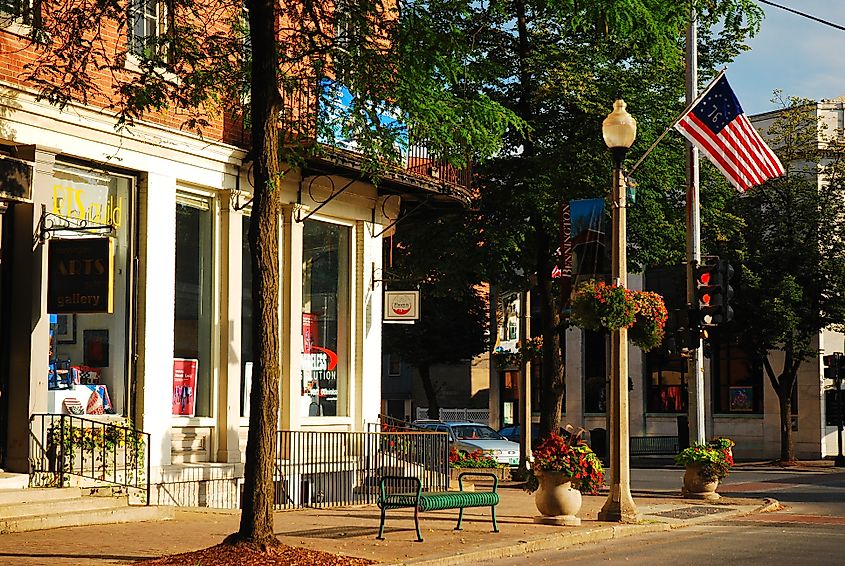
Founded in 1749, Bennington is Vermont's oldest town. The city played a key role in the founding of the Republic of Vermont and the Battle of Bennington in 1777.
The town has several landmarks that pay tribute to historic events, including the Bennington Museum and the 306-foot-tall monument commemorating the Battle of Bennington, in which the American militia defeated the British. Park-McCullough House, a Victorian mansion built in 1864, is one of the best-preserved examples of Second Empire architecture in New England and offers cultural tours and events throughout the year.
Exploring Vermont's history offers an incredible journey through charming streets, timeless architecture, and stories that have shaped the Green Mountain State. While each town has its own unique character, they all blend perfectly into Vermont’s mountainous landscape. If you want to learn the fascinating history of early colonial settlements, admire the incredible beauty of classic New England architecture, and savor Vermont's produce, put at least a few of these historic towns on your bucket list.
